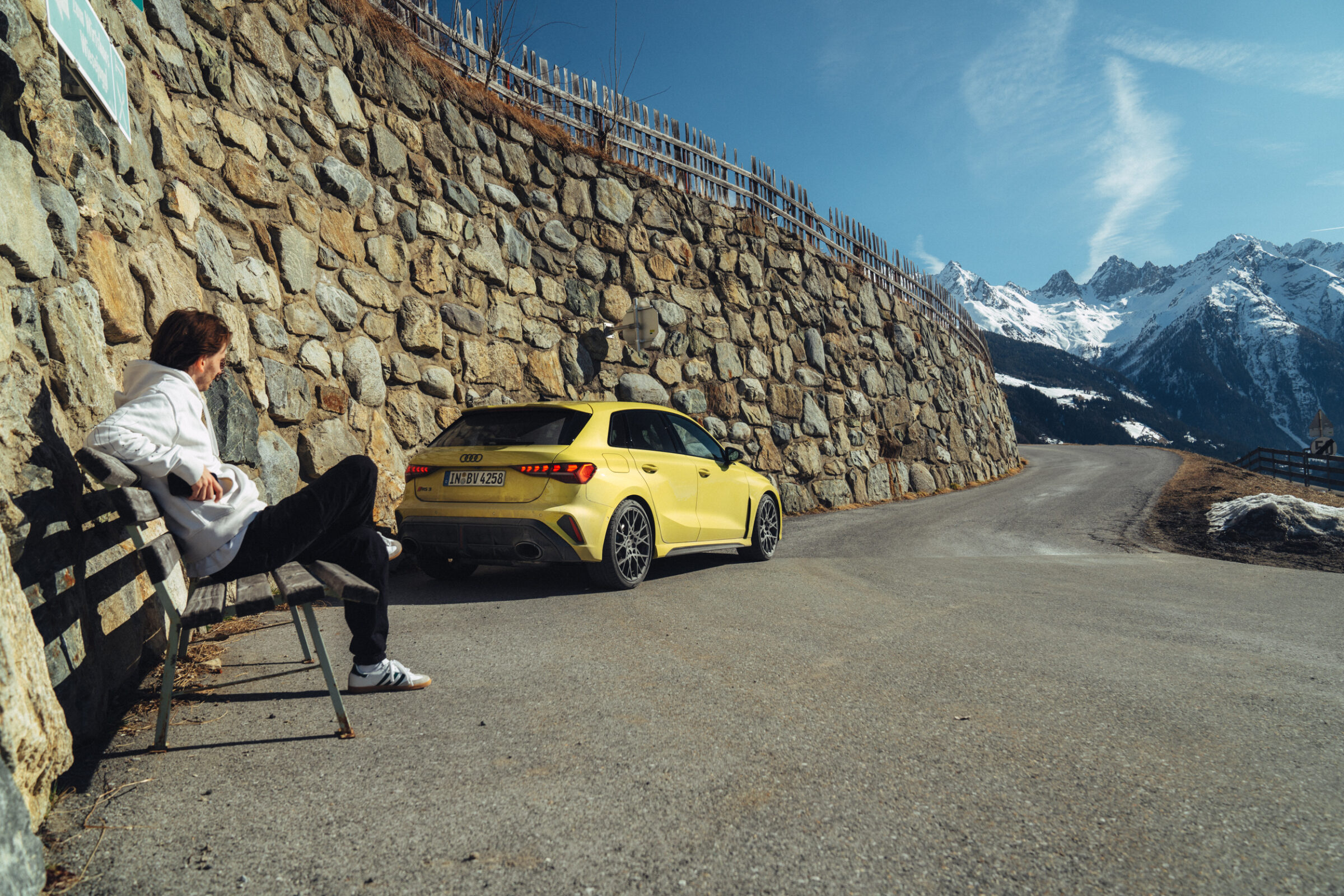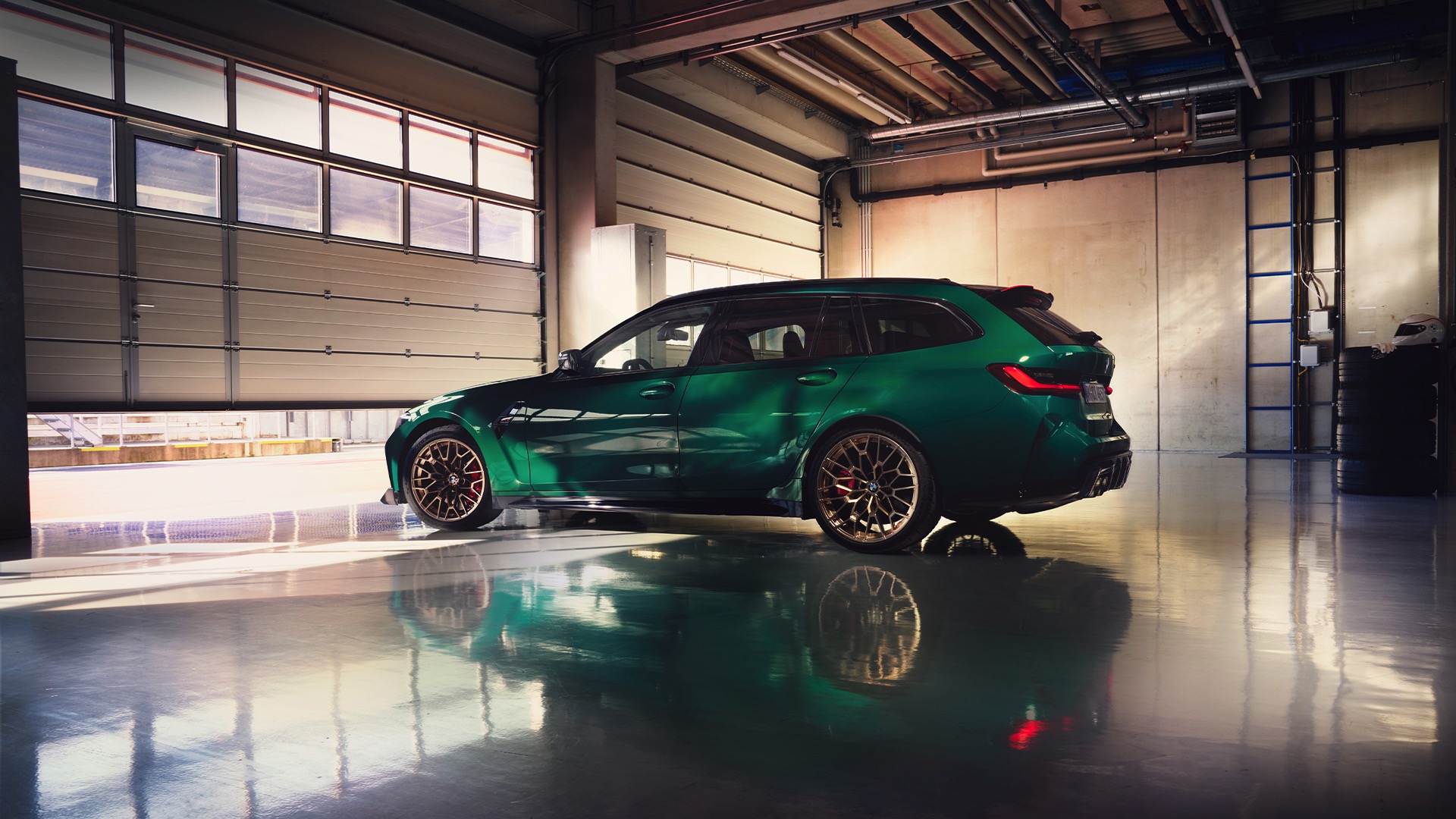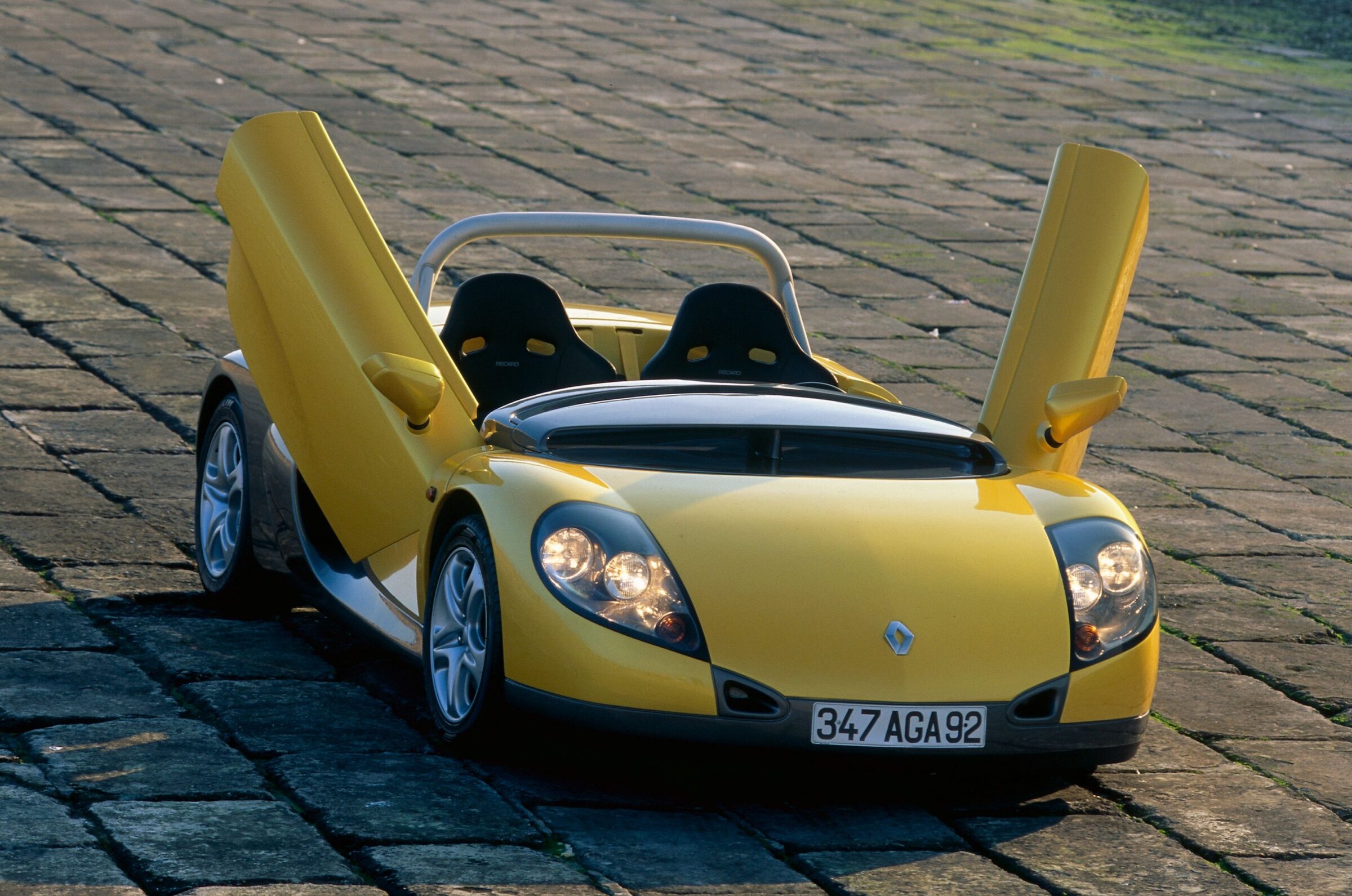45 Years of Jaguar XJ-S
How do you replace a car that had already achieved legendary status during ongoing production? This was the problem Jaguar was facing in the 1970s. The E-Type had passed its zenith. A new grand tourer was needed, because the E-Type hadn’t been a real sports car since the third series and the change from an inline six-cylinder engine to the V12 in the last version. This change wasn’t only due to changing customer requirements, but also to new approval regulations in important export countries such as the USA. For reasons of cost, the base for the new model was the floor plan of the second-generation XJ sedan. However, the new coupé got a wheelbase shortened by around 25 centimeters in favour of better proportions. An open variant was dropped from the range for the time being.
The new Jaguar XJ-S celebrated its world premiere at the IAA (Frankfurt Motor Show) in 1975. This 2+2 Coupé was powered by the 5.3-liter V12 engine from the E-Type Series 3, which, thanks to petrol injection, produced 211 kW/287 hp. For power transmission to the rear axle, customers initially had the choice between a manual four-speed gearbox and a three-speed automatic from BorgWarner. Only 352 units with manual transmission left the factory until 1978, although this version accelerated up to 62 mph in only 6.8 seconds, while the automatic version took 7.9 seconds. At the time of its presentation, this was Jaguar’s fastest production vehicle with a topspeed of 241 kph (150 mph). The XJ-S became famous through the British TV crime series ‘Simon Templar’, in which the main character drove a white car with the license plate ST-1.
In 1981, after disappointing sales figures sales figures in the end, a model update was carried out. By means of a more modern petrol injection system and the new high-efficiency cylinder head (HE), the engineers increased the output to 220 kW/295 hp. At the same time, average fuel consumption fell by more than 20 percent. By contrast, the quality improvements in conjunction with greater comfort and a better interior appearance using wooden trim were much more necessary. From the outside, the Series 2 can be recognised by less bulky bumpers with chrome trim. Two years later Jaguar added the newly developed version with a 3.6-liter inline six-cylinder engine and 163 kW/222 hp to the model range. Initially, only a Getrag five-speed transmission was available, followed in 1987 by a ZF automatic, which was ordered much more frequently.
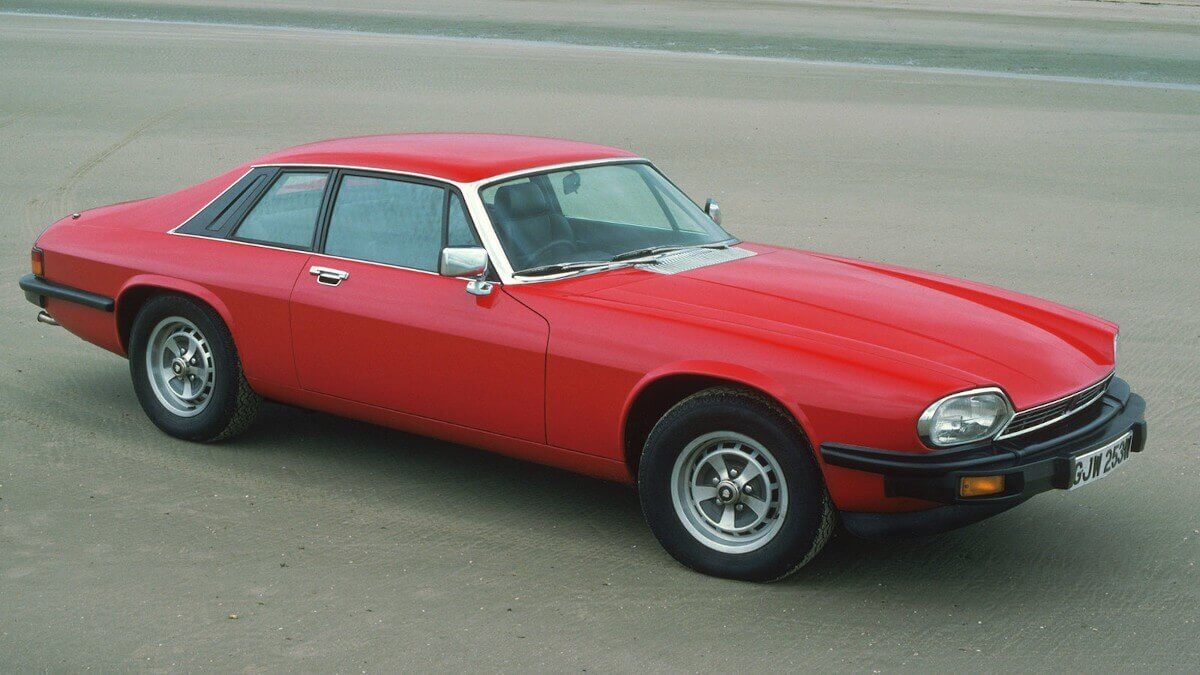

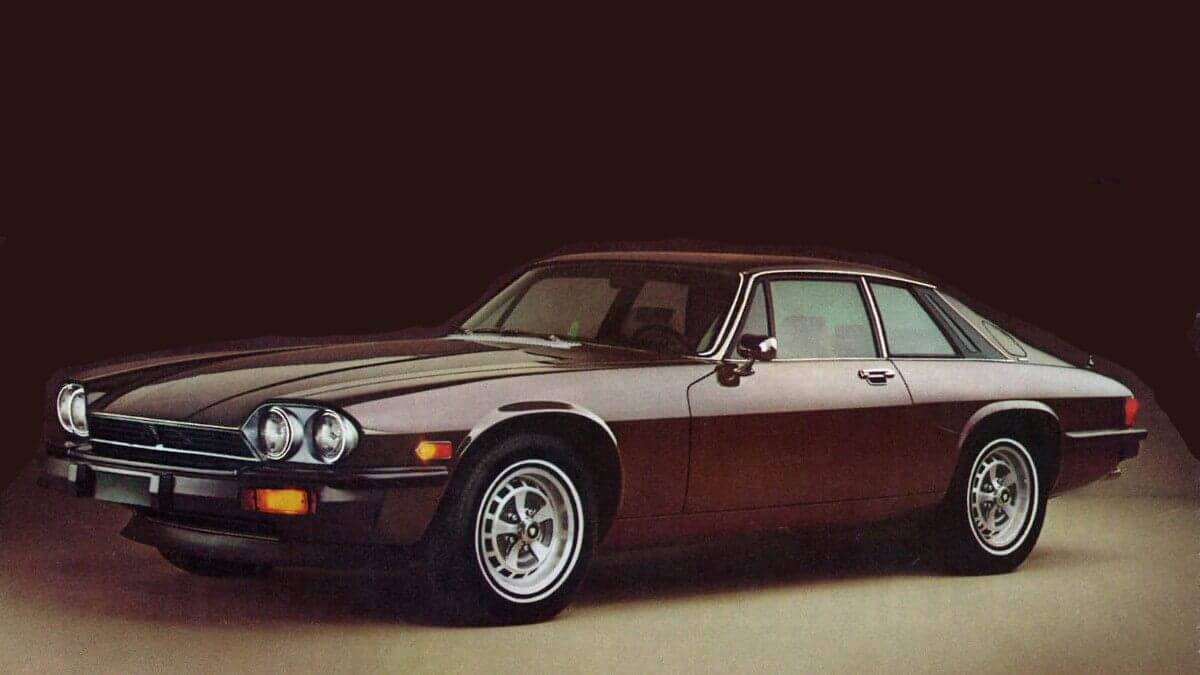

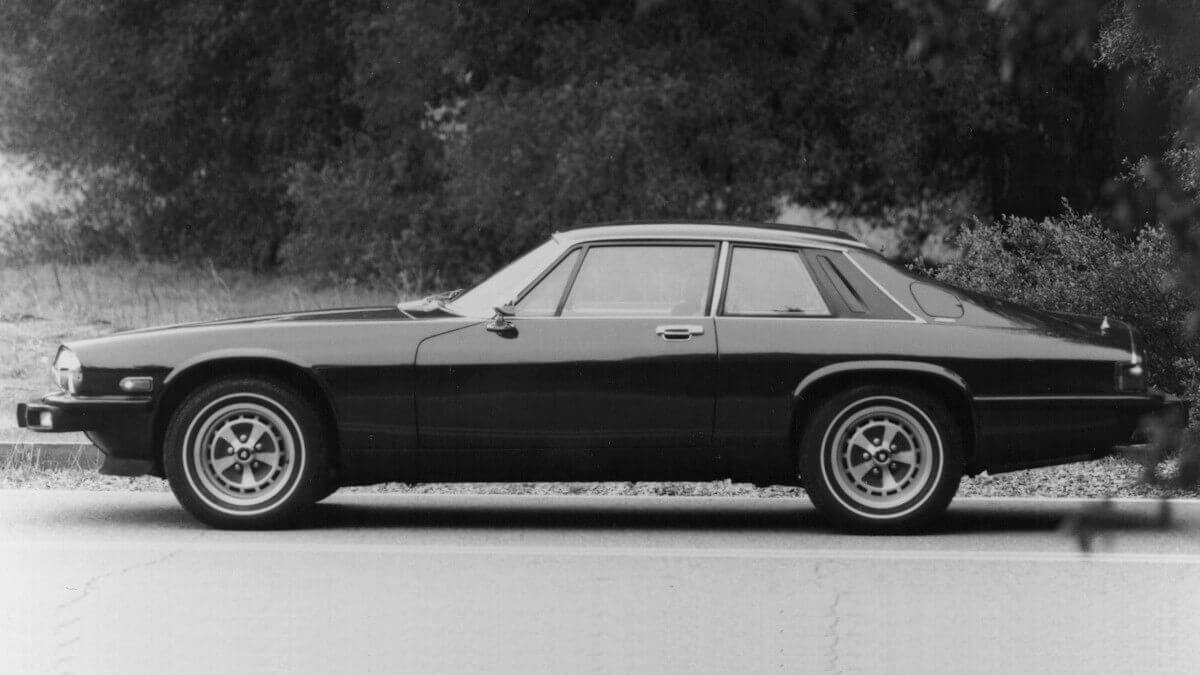

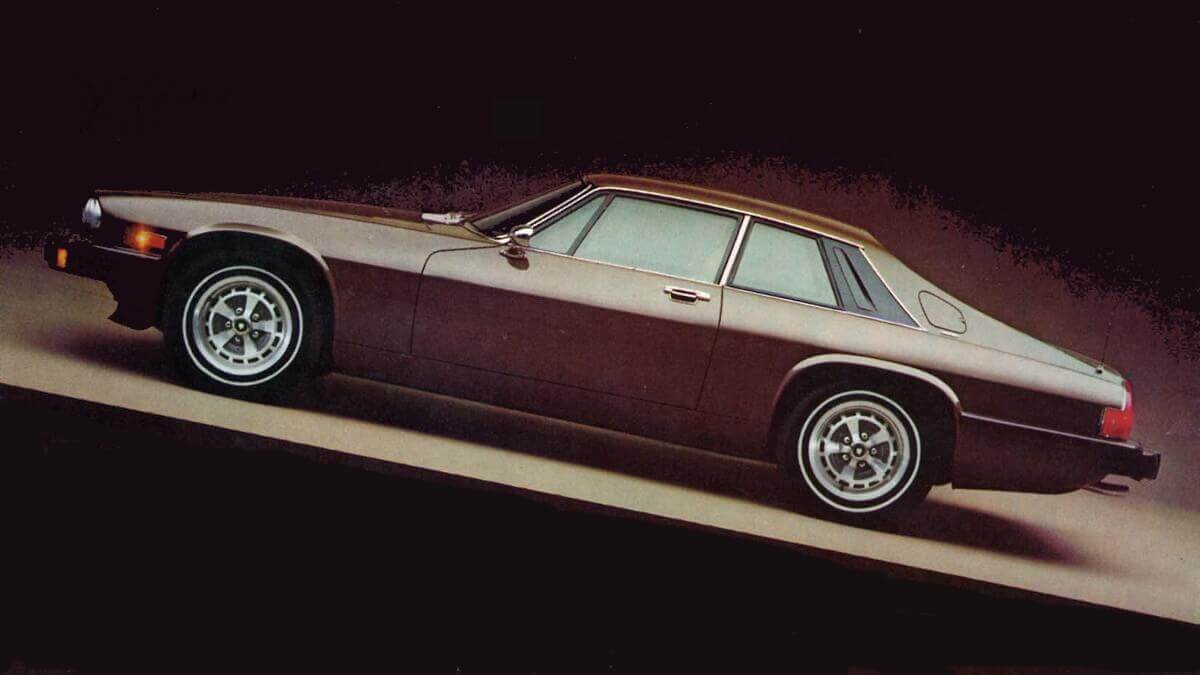

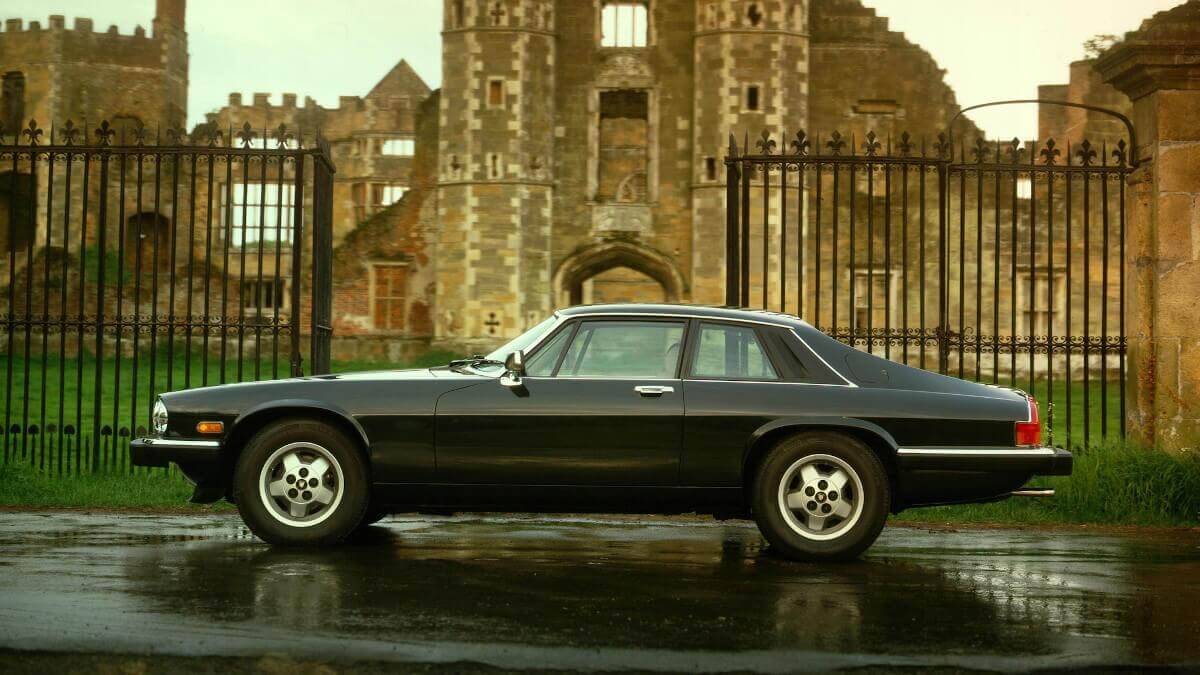

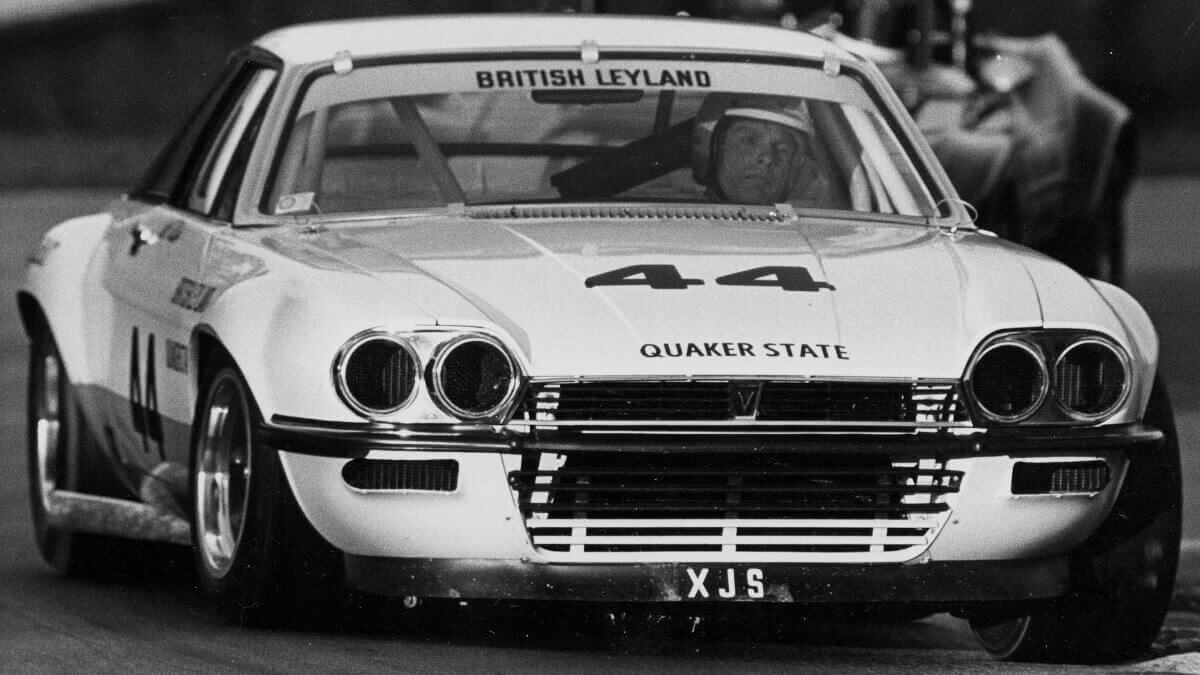

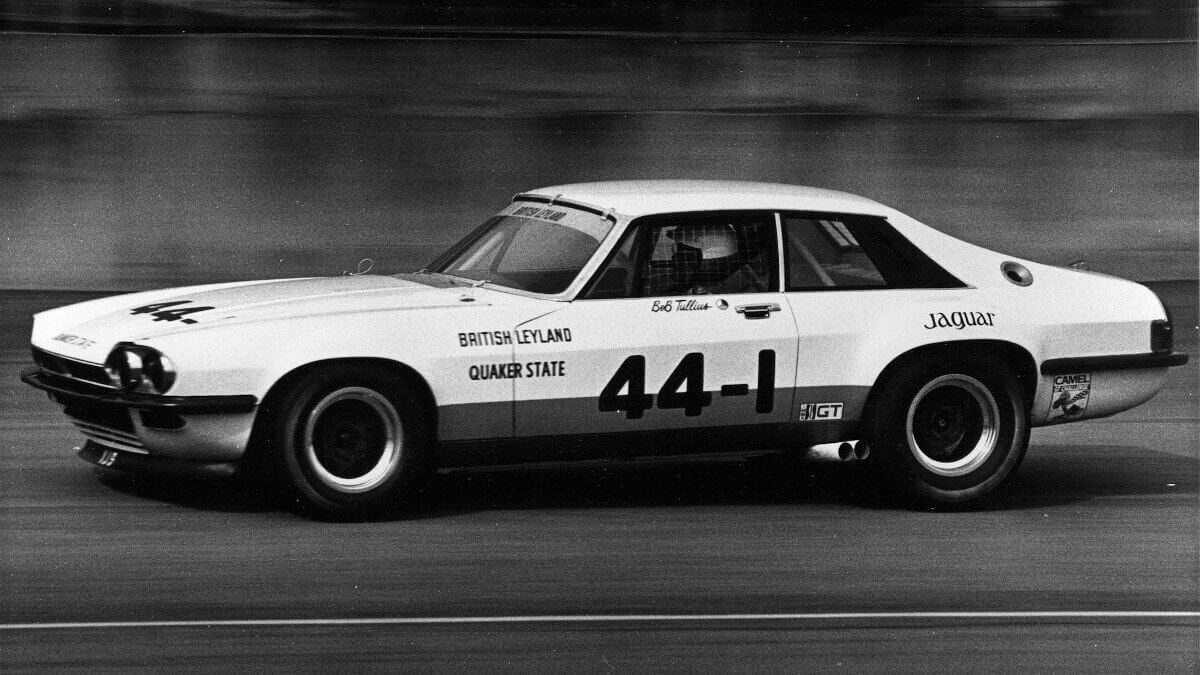

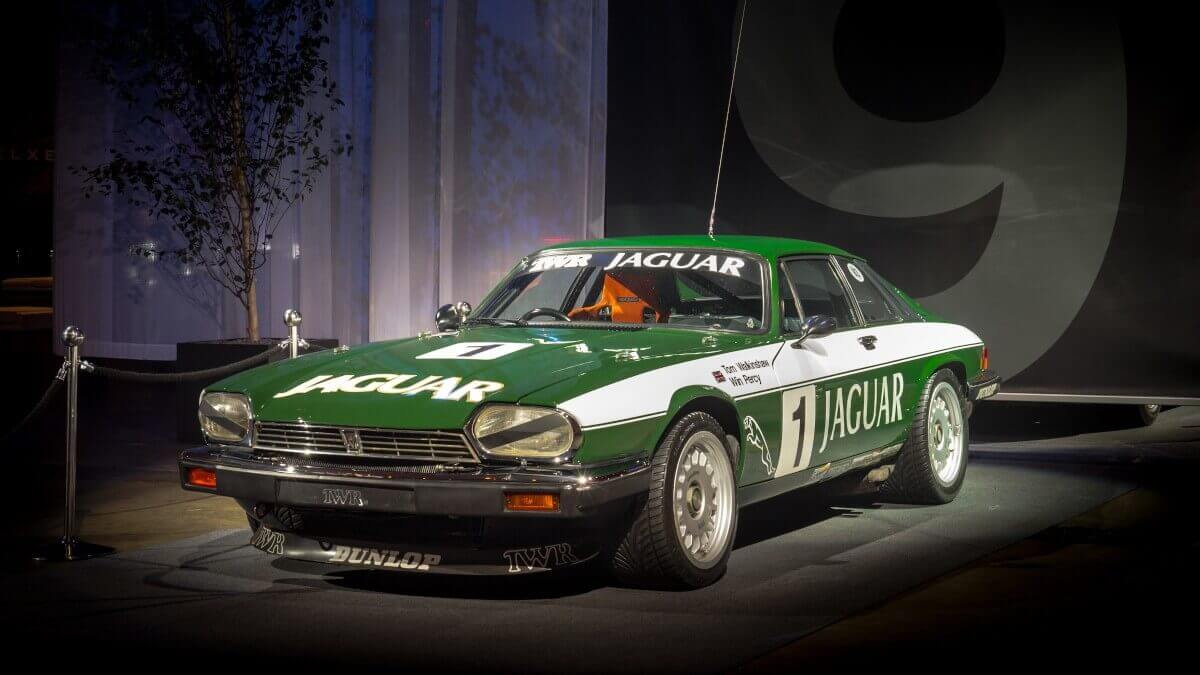

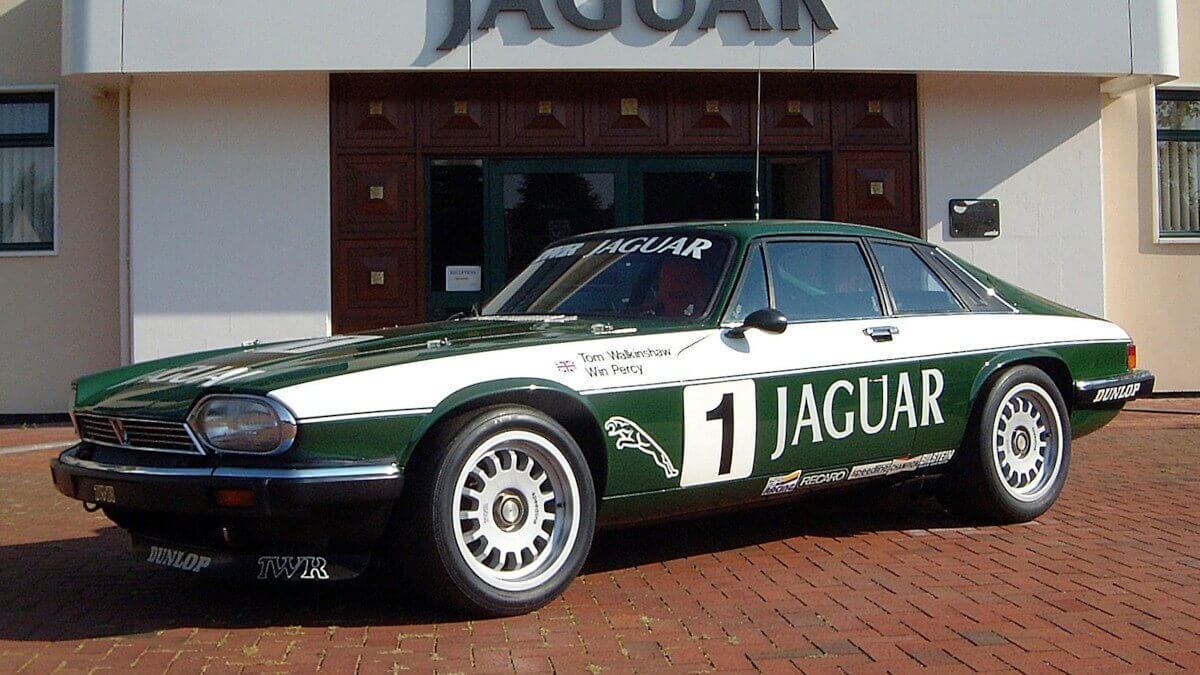

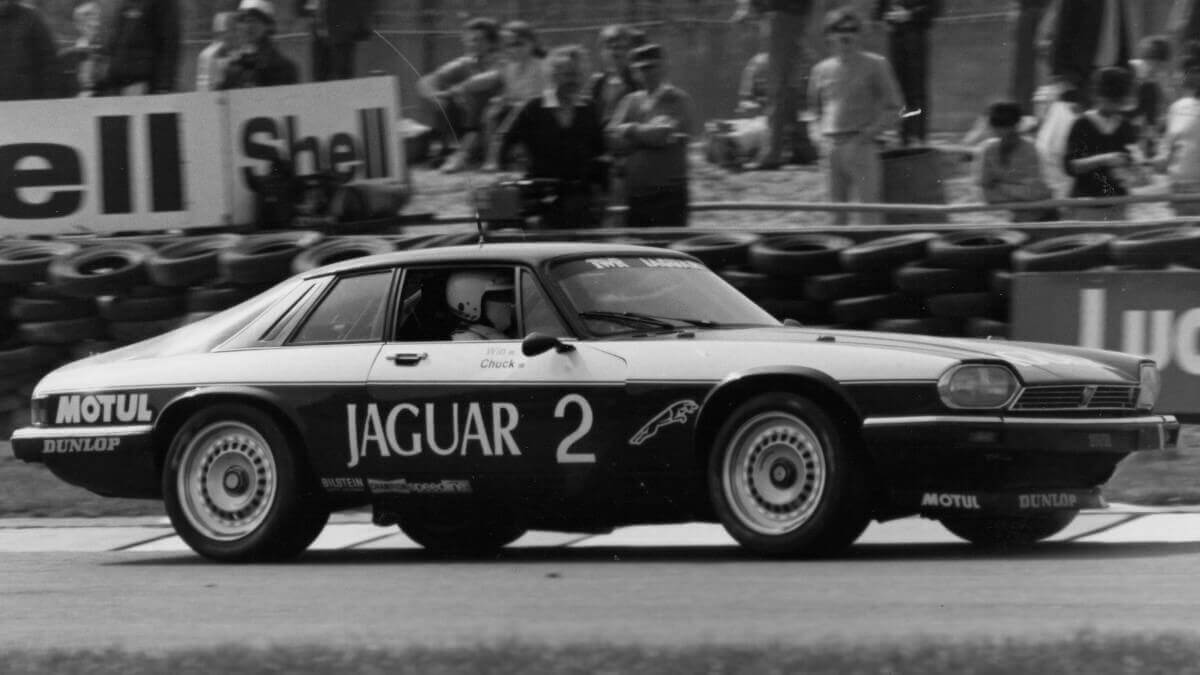

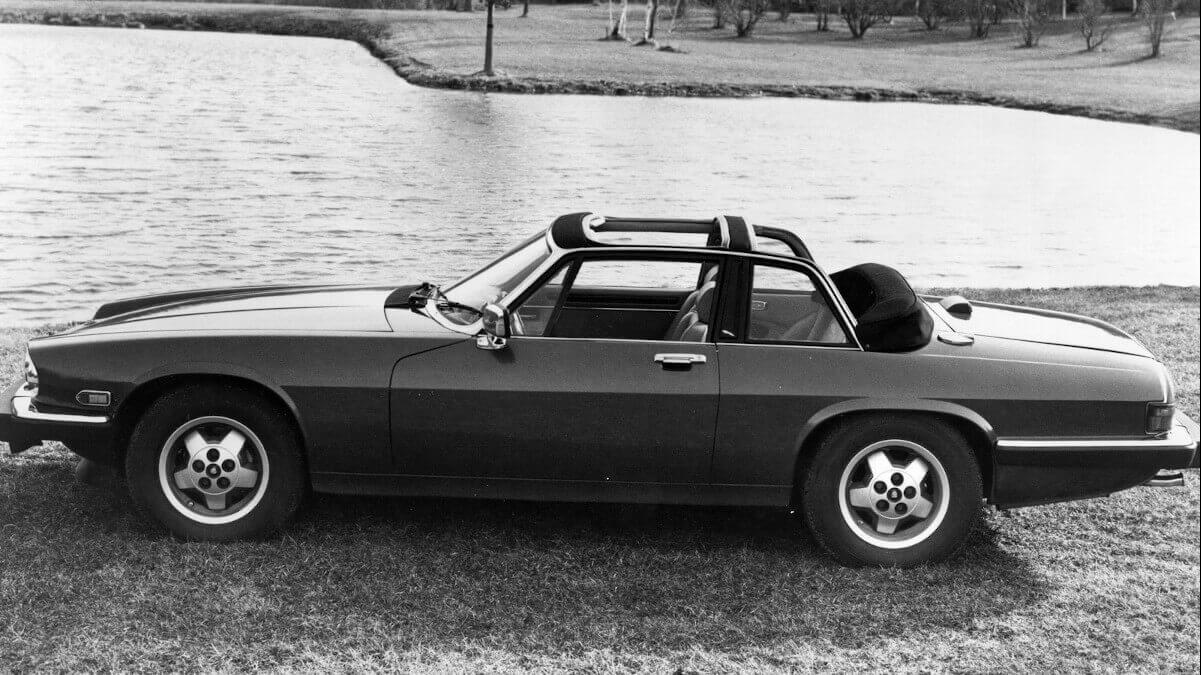

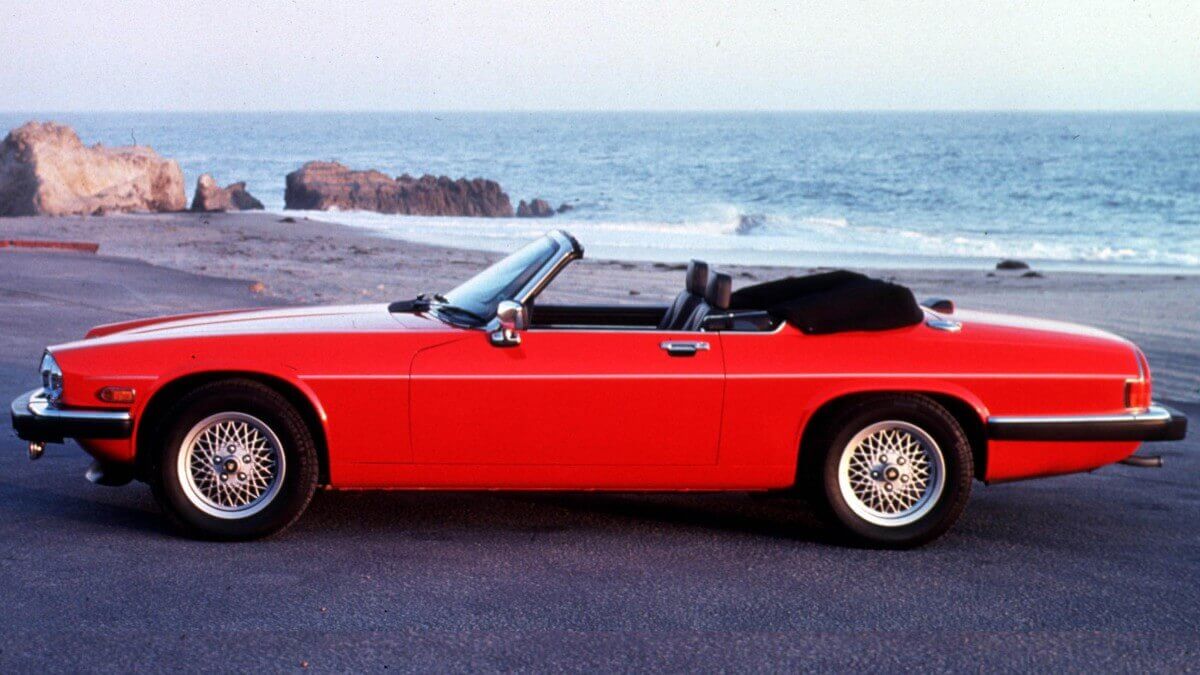

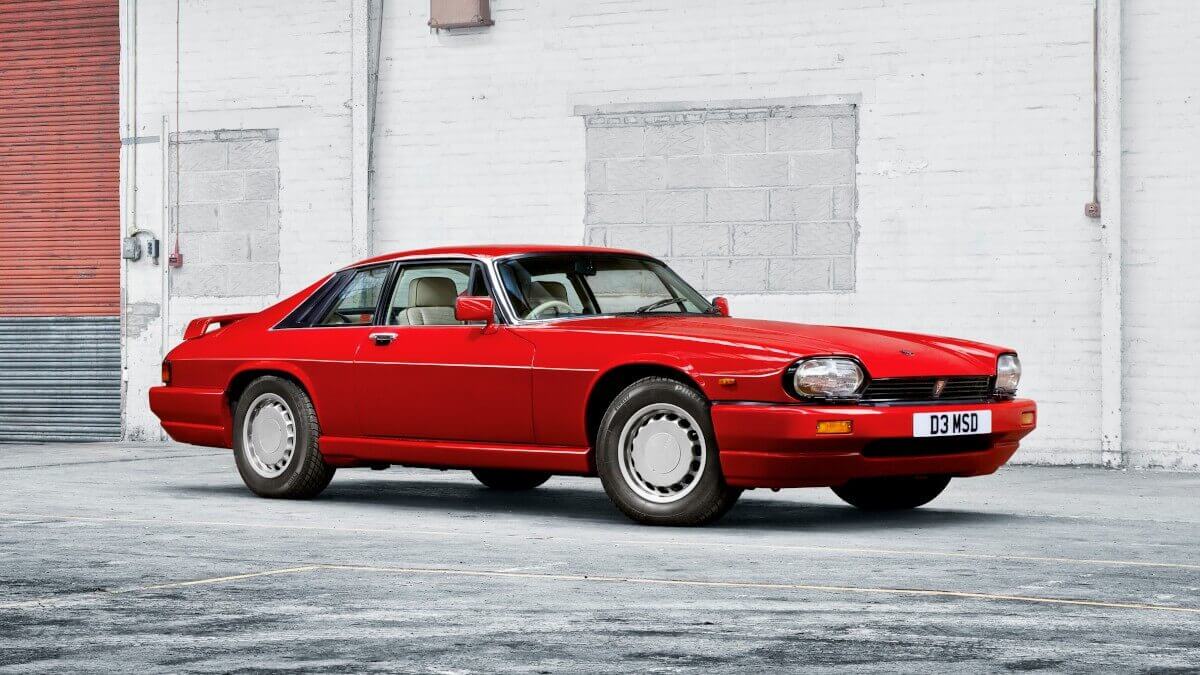

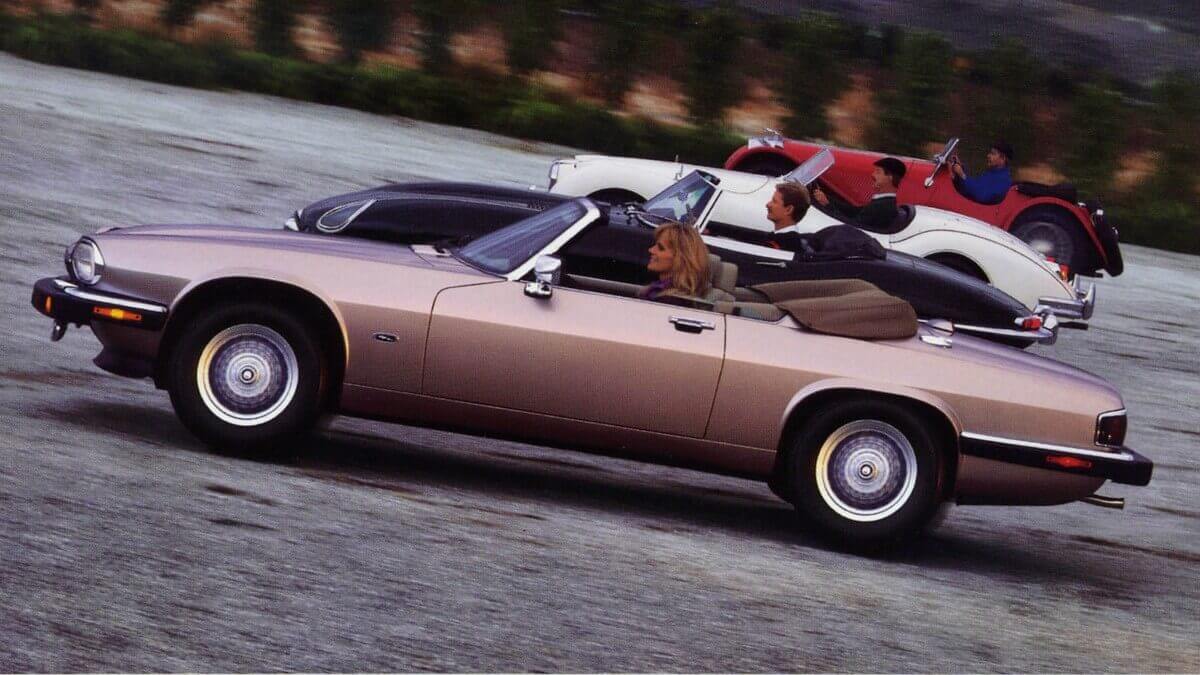

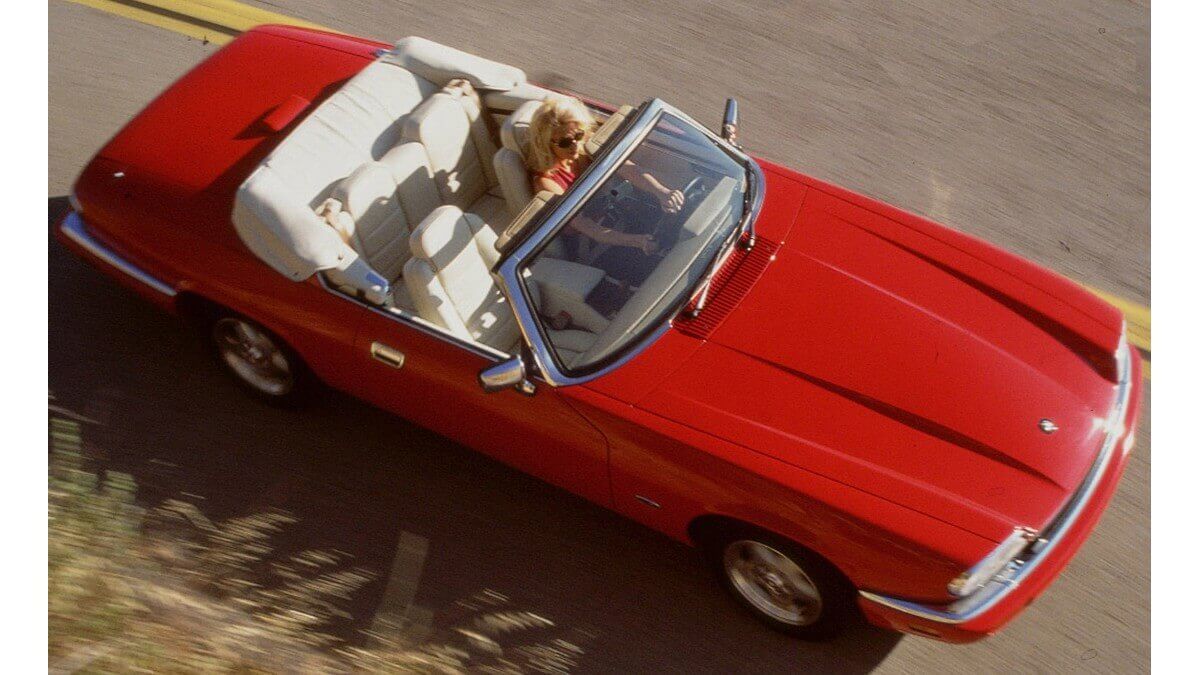

Various customers had been asking for an open convertible version since the market launch of the XJ-S. However, since this wasn’t planned when this model was originally developed, it wasn’t possible to respond to these inquiries as quickly as interested parties would have wished. Therefore, especially in the USA, but also in the UK and in Germany, there have been some conversions by small coachbuilders. In the autumn of 1983 the XJ-SC debuted as the first open variant with targa roof and foldable rear windwow. At the same time, Jaguar and Karmann in Osnabrück/Germany worked feverishly on a full convertible with a torsionally stiff body, which was finally presented at the Geneva Motor Show in 1988.
Although the Jaguar XJ-S was originally never considered as a sports car, Tom Walkinshaw Racing (TWR) successfully used it in the European Touring Car Championship (ETCC), whose title was won in 1984. Tom Walkinshaw also won the driver’s title. For this reason TWR developed a distinctive spoiler set for the XJ-S Coupé and XJ-SC, which was officially available from Jaguar dealers. Based on this look, the XJR-S 5.3 with sport suspension and spoiler kit but without any extra power compared to the normal XJ-S 5.3 was finally released in 1988.
After Ford had bought out the financially stricken Jaguar brand from the British Leyland group. there was a second major facelift in 1991, which also led to the removal of the hyphen in the name (XJS instead of XJ-S). This facelift had actually been finished internally three years earlier, but didn’t go into series production, as the company wanted to sell off existing stocks first. The most striking exterior detail were the new taillights with dark tint, reaching into the tailgate. In addition, the side windows of the Coupé changed to frameless windows in the doors and glued, larger glass parts behind them. At the same time, the angle of the rear window was changed to make room for rear seat belts. Inside, additional round instruments provided more information to the driver. The displacement of the six-cylinder engine was increased to four liters and the output to 163 kW/222 hp. In spring 1993, the modified V12 version came to the dealers with six liters of displacement and 222 kW/302 hp. The topspeed now was 161.5 mph (Coupé) or 160 mph (Cabriolet). The US versions lagged behind the cars for the European market in terms of performance due to modified emission control systems. In the transitional period between the XJ-S 5.3 and the introduction of the XJS 6.0, TWR offered the XJR-S 6.0 with a specially developed V12 engine and 243 kW/330 hp, of which 124 Coupés were built for the global market and 50 Cabriolets for the US.
For the modelyear 1993 the chrome-plated bumpers were replaced by aerodynamically better shaped plastic parts, while the rear axle of the then new XJ saloon was now fitted with maintenance-friendly disc brakes that were moved outwards to the wheels. However, both the facelift in 1991 and the detail changes in 1993 didn’t have a cut-off date for the conversion, but were introduced as soon as the old stock was used up in production. Thus there are various transitional models. On April 4, 1996, an ice-blue XJS 6.0 Coupé left the production line as the last example of the series and entered the factory car collection together with the last XJS 4.0 (a red Cabriolet) produced on the same day. In total Jaguar produced just over 115,000 XJ-S, XJ-SC, XJR-S and XJS in 20.5 years. Some of these were converted into three-door shooting brakes (Lynx Eventer, Arden AJ 3) or coupés with a long notchback (Arden AJ 6). Nowadays, provided they are in a good state of preservation, all of them are aficionados’ vehicles that are rarely seen in everyday traffic.
Images: Jaguar


